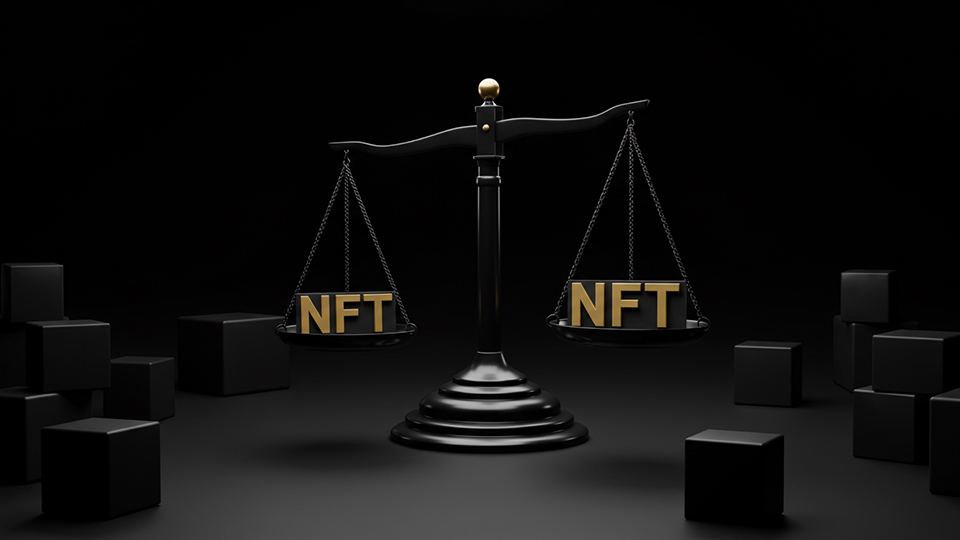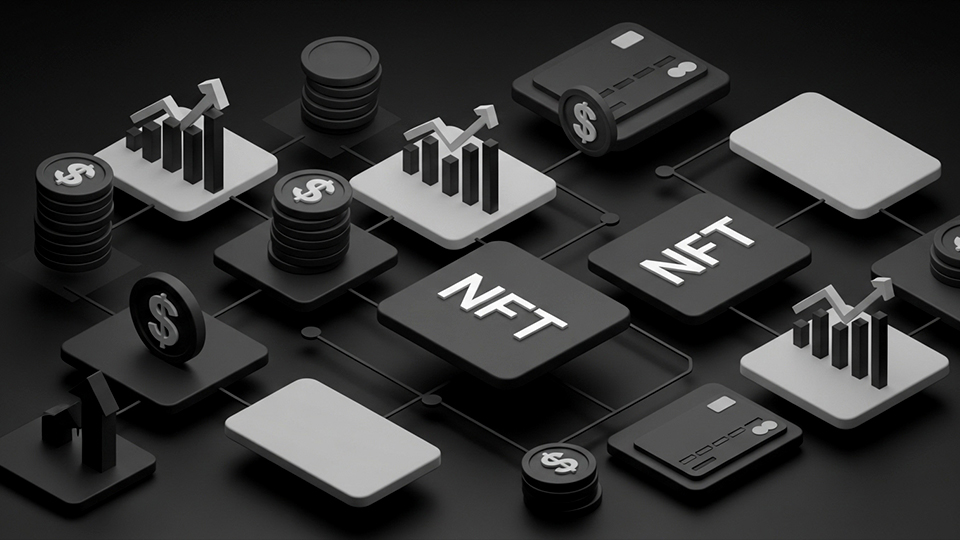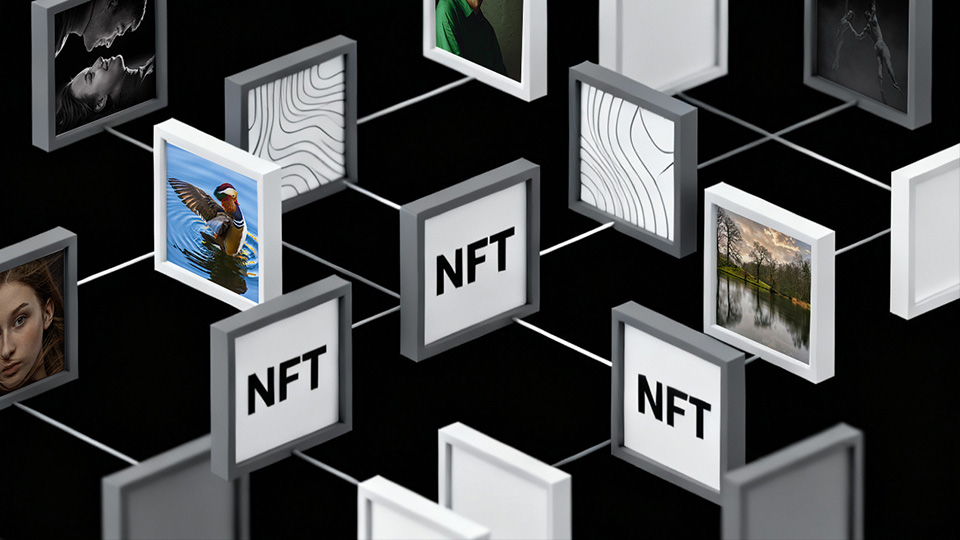NFT Royalties and Their Role in the Creator Economy
NFT royalties arrived as one of the most talked-about mechanisms to reshape value distribution in the digital world. The idea was simple but groundbreaking: every time a non-fungible token is resold, the original creator automatically receives a percentage of the transaction. Unlike the traditional art world, where an artist sells a painting once and never benefits from its soaring value in secondary markets, NFT royalties promised perpetual rewards for creativity.
For many, this mechanism wasn’t just a clever feature; it was a revolution in ownership, aligning digital markets with the values of fairness and long-term recognition. But just a few years later, the question is becoming harder to ignore: are NFT royalties still a game-changer, or are they fading fast under market pressure?
The Promise That Captured Attention
When NFTs hit mainstream headlines in 2021, royalties were framed as the central element of a more equitable digital economy. Visual artists, musicians, and indie creators were excited by the idea of sustainable income streams. Smart contracts could enforce payouts automatically, no lawyers, no middlemen, no broken promises.
This was especially important for industries historically stacked against creators. Musicians often rely on tiny fractions of a cent per stream, and artists rarely see value when their works are resold. NFT royalties looked like a way to finally flip the script.
The Reality Check: Market Resistance
However, as the NFT market matured, friction grew. Marketplaces began competing for buyers and sellers, and many discovered that enforcing NFT royalties reduced trading volume. Collectors preferred platforms with “zero royalty” options, arguing that high fees limited liquidity. As a result, some of the biggest NFT marketplaces either made royalties optional or removed them altogether.
This sparked a wave of backlash. Creators felt betrayed, while platforms argued they were simply following market demand. The tug-of-war highlighted a fundamental tension: what makes sense for individual traders doesn’t always align with what sustains an entire creative economy.
Innovation Around the Edges
Despite the challenges, NFT royalties are not dead. Instead, they are evolving. Several new models are being explored:
- Royalty-enforced collections: Some projects build royalties into the very design of the token, making it impossible to bypass without breaking the NFT itself.
- Creator-focused marketplaces: Niche platforms are emerging that prioritize sustainable royalties, attracting artists who want to protect their long-term interests.
- Hybrid incentives: Some ecosystems reward traders with perks or governance rights when they honor royalty payments, turning compliance into a community value rather than a technical rule.
These experiments show that the concept still has life, even if the market has cooled from its initial enthusiasm.
Why It Still Matters
Even if NFT royalties aren’t universally enforced, they continue to influence how we think about digital ownership. The conversation has moved beyond just paintings and profile pictures. Musicians, writers, game developers, and even sports franchises are exploring royalty-driven models to reward participation and loyalty.
If NFTs are to become the backbone of the next digital economy, the principle behind royalties, ongoing recognition and reward, remains vital. Without it, the system risks replicating the same extractive structures Web3 once sought to escape.
Looking Ahead: Fading or Reinventing?
So, are NFT royalties fading fast? Not exactly. What’s happening is a recalibration. The early hype assumed royalties would be automatic and universal. The reality is proving messier. Enforcement requires coordination, and buyers’ short-term interests often clash with creators’ long-term sustainability.
Yet history suggests that transformative ideas rarely disappear outright. Instead, they evolve. Just as streaming reshaped music despite its rocky beginnings, NFT royalties may find their lasting place in new forms, whether through protocol-level enforcement, community-driven standards, or integration into broader tokenized economies.





